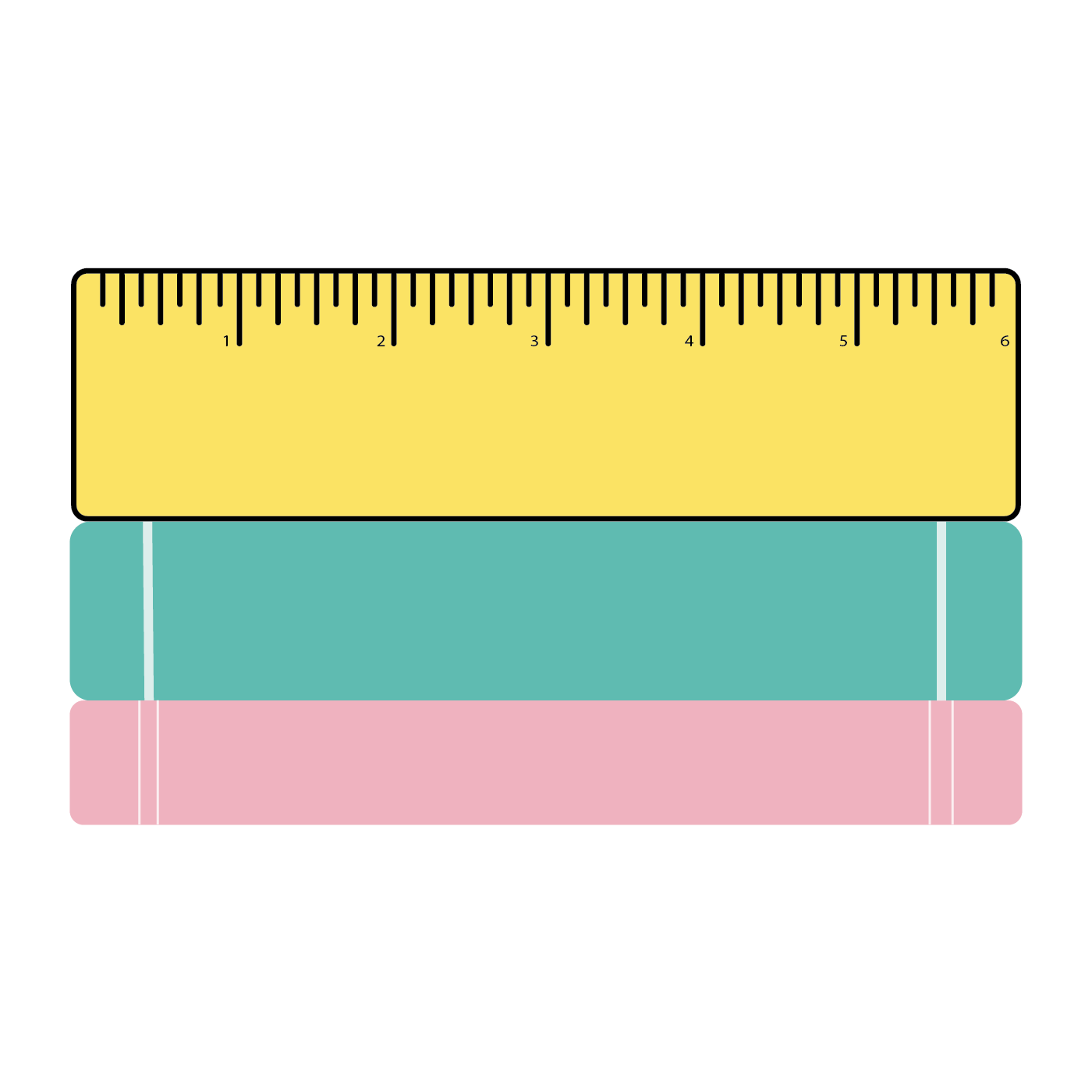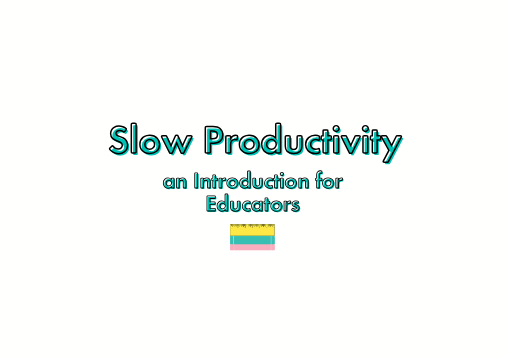In the fast-paced world of education, educators often find themselves overwhelmed by endless tasks and high expectations. The concept of slow productivity offers a refreshing approach, focusing on sustainable work habits and balanced progress. Keep reading as we introduce the principles of slow productivity and how they can be beneficial for educators!
Understanding Slow Productivity
Slow productivity emphasizes quality over quantity, encouraging individuals to work at a sustainable pace. This approach helps prevent burnout, enhances well-being, and ultimately leads to more meaningful and effective teaching. Slow productivity can mean prioritizing tasks, setting realistic goals, and incorporating down time into your daily schedule.
Benefits of Slow Productivity for Educators
- Improved Work-Life Balance: Slow productivity allows for better time management, ensuring educators make time for personal interests and family.
- Enhanced Focus and Creativity: With a calmer mind, educators can plan more engaging lessons and connect better with their students.
Reduced Burnout: Slow and steady efforts lead to incorporating slow productivity into daily and weekly routines reduces burnout and increases the sustainability of a teaching career.
Examples of Slow Productivity Goals
- Daily Reflection: Spend 10 minutes each evening reflecting on the day’s achievements and areas for improvement.
- Reading: Read one chapter of a book each week. Focus on understanding and enjoying the content rather than rushing to finish.
- Decluttering: Dedicate 15 minutes once a week to decluttering a small area of your home or workspace.
- Creative Outlets: Set aside 30 minutes each weekend for a creative activity you enjoy, such as drawing, writing, or crafting.
- Connection: Schedule a 30-minute catch-up call with a friend or family member once a week to maintain relationships.
Download the freebie below for 5 more examples!
4 Simple Action Steps to Get Started
- Choose One Slow Productivity Goal: Start by selecting one goal from the list that resonates with you the most. For instance, you might decide to focus on daily reflection. Commit to spending 10 minutes each evening journaling about your day. This small, consistent practice can significantly impact your clarity and focus over time.
- Find an Accountability Buddy: Having someone to share your progress with can make a huge difference. Identify a colleague or friend who is also interested in slow productivity. Set regular check-ins to discuss your goals, share successes, and support each other through challenges. This partnership will help keep you motivated and accountable.
- Set Realistic Milestones: Break your chosen goal into smaller, manageable milestones. If you aim to read one chapter of a professional development book each week, set a daily reading target that fits into your schedule, such as reading for 10 minutes before bed each night.
- Review and Adjust: At the end of each week, review your progress with your accountability buddy. Discuss what worked well and what challenges you faced. Adjust your goals and strategies as needed to ensure they remain realistic and achievable.
Implementing Slow Productivity in the Classroom
It may be Summer break right now, but keep slow productivity in mind when you enter back into the classroom for the new school year. To successfully implement slow productivity, start by identifying the most critical tasks and setting realistic goals. Break larger tasks into manageable chunks and focus on one task at a time. Incorporate regular breaks and ensure you have a clear end to your workday.
Wrapping Up
We support educators with slow productivity through professional development workshops and 1:1 support. Get in touch to inquire about support, and download our FREE Slow Productivity Worksheet below to get started on a Summer slow productivity goal!




